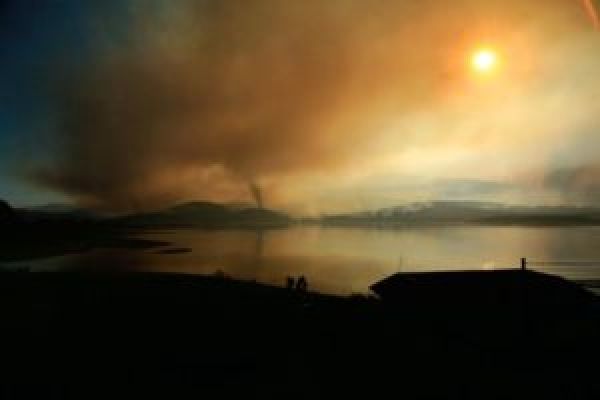Wildfires leave behind large swathes of blackened earth when they raze a landscape. That charred material contains a host of molecules that could continue to release carbon dioxide into the atmosphere days and weeks after the fire has gone out, according to new research.
A new study presented at AGU’s Fall Meeting in San Francisco shows burned leaf litter and other biomaterials can leach these molecules—called pyrogenic carbon—into fresh water where they react with sunlight. That means pyrogenic carbon in our waterways could degrade into carbon dioxide faster than previously suggested, providing an unexpected source of this greenhouse gas to the atmosphere, according to the researchers.
Scientists previously thought pyrogenic carbon didn’t react with sunlight, but the new findings push back on the idea that this material is inert, said Jessica Egan, a hydrologist and graduate student at the University of Colorado Boulder who presented the research.
Continue reading at American Geophysical Union
Image via American Geophysical Union


